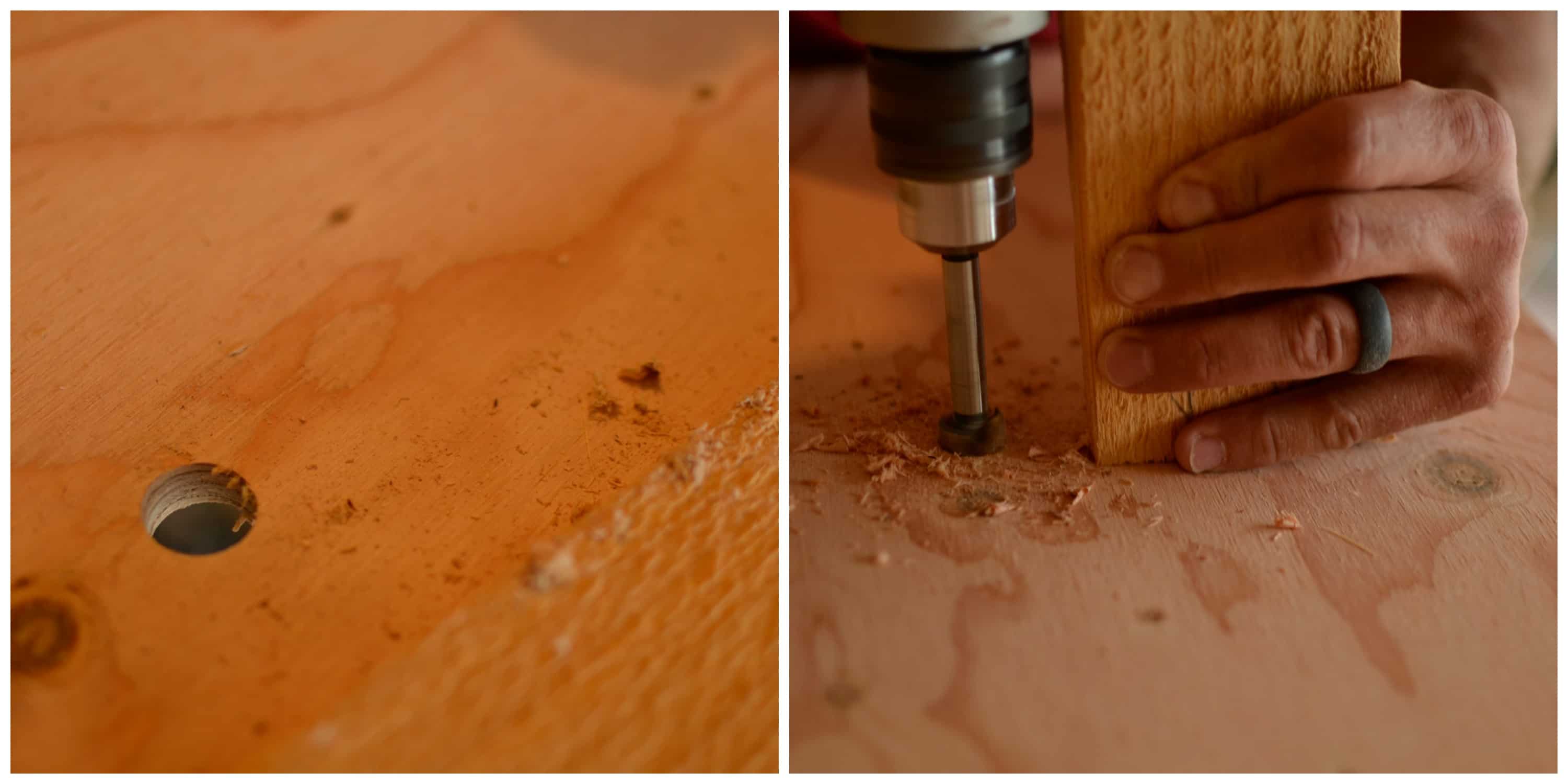

For that matter, voids in the core layers of plywood can make a hole unusable. There are times when the screw hole is just made too big other times when the threads damage the wood to the point where it won’t grab and still other times when the design changes, making the original hole unusable. But screws and wood aren’t a perfectly matched pair. Working with screws makes woodworking much simpler than having to peg everything and screws often provide a much stronger bond than nails. It will requiring tying and making a touriquet.Whoever invented the wood screw deserves a prize. If no surgical tubing, rope is a poor alternative, but still do-able. Surgical tubing is flexible, highly elastic and easy to tie in place. When clamping the legs in place when gluing, I found the best clamps to be surgical tubing. It is also imperative that when mixing the epoxy, you mix the Part A and Part B together BEFORE you add the powders or dust. If Touch-up powders are not available mix in some sawdust - the real fine stuff that you get from your sander, This will darken the epoxy. So, you use "touch-up" powders to color the epoxy when mixing it. Keep in mind, that you cannot stain epoxy when it sets up. Since the holes in the legs are oversized, you MUST use epoxy. Since we are assuming that the apron holes are OK, Glue the dowels in the apron and let set over night, The next day dry fit the legs again to make sure everything is still OK. Then dry fit the parts together to make sure they will fit. Drill the hole in the new leg 1/16" larger so there is some wiggle room. Even with a broken leg, you can still get relatively close by sight. You line up your drill holes as best as you can. That end should fit in a vice.Īs for drilling the dowel holes in exact position and angle, that rarely happens.

Most table legs and chair legs have a straight section at the top end where they join the apron.


 0 kommentar(er)
0 kommentar(er)
